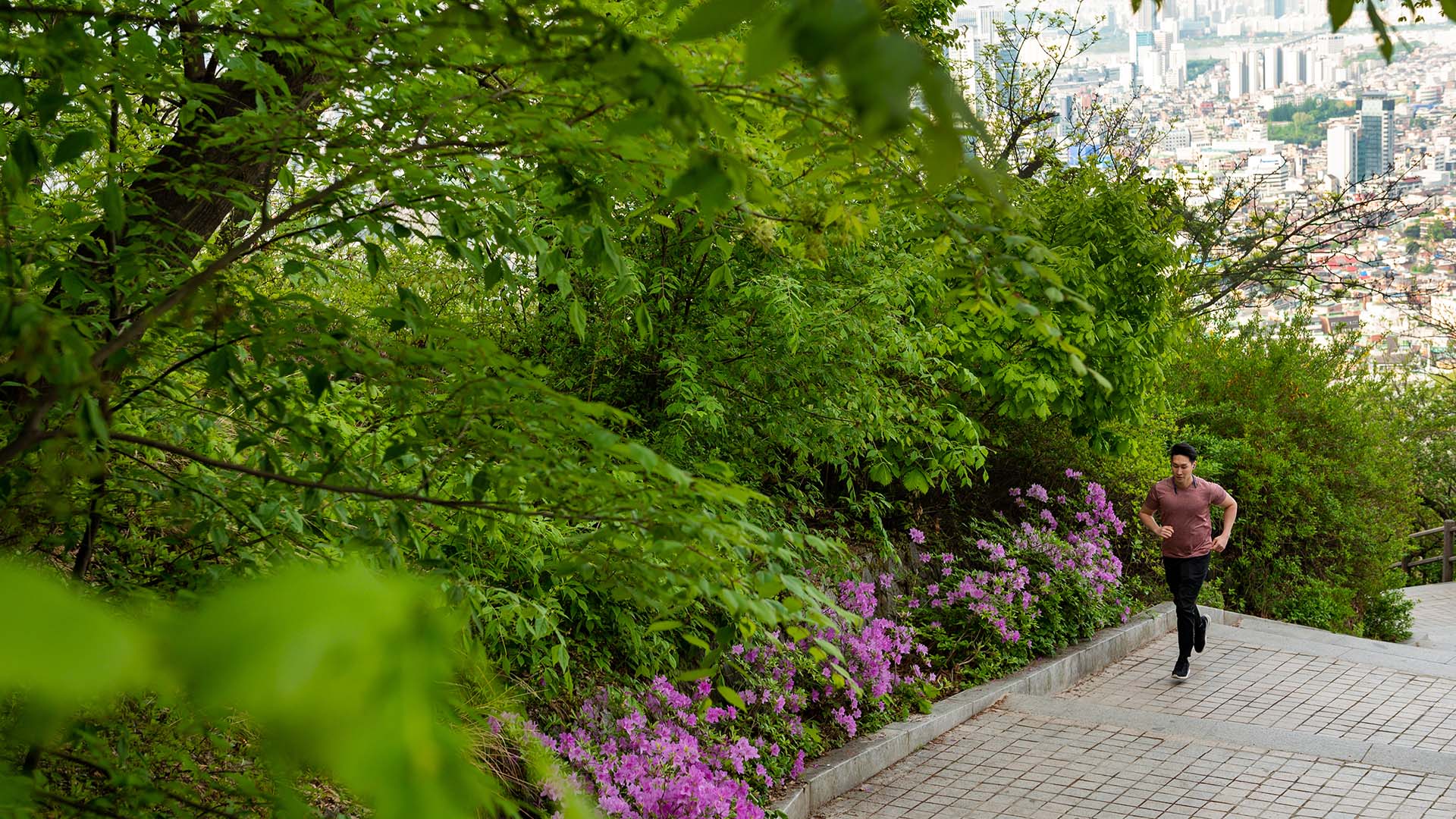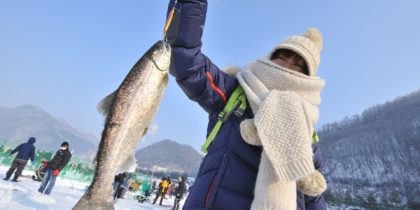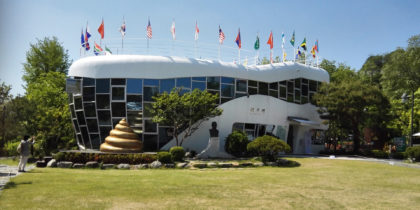Seoul isn’t just a dazzling blend of neon lights, ancient palaces and mouthwatering street food — it’s also a runner’s dream come true. Whether you’re a marathon pro or just looking to stay consistent with your active lifestyle, you’ll find a route perfect for you in Seoul. From tranquil riverside paths and adrenaline-pumping mountain trails to routes through historic neighborhoods, the city’s jogging scene is as diverse as it is exciting.
To elevate your running experience even further, consider staying at a hotel that caters to your fitness and wellness needs with amenities like stellar gyms and on-site wellness programs. Or maybe you’d prefer to be near a favorite running spot. Either way, these accommodations are here to keep you in peak condition while you explore the city.
In Seoul, every run is an adventure waiting to unfold. So lace up those sneakers, hit the trails and uncover the city’s best-kept secrets. As always, check for travel guidelines and closures before planning your trip.
Top Seoul Running Routes
Yeouido Han River Park Loop
If you’re into scenic, flat routes, the Yeouido Han River Park loop is your go-to. Located in the Yeouido district, it’s easy to access and offers breathtaking views of the river and skyline. Start at the Yeouido Park entrance and choose your direction — head northwest toward Mapo Bridge or southeast toward Yanghwa Bridge. The park’s expansive trails are perfect for both leisurely jogs and intense runs.
Just a hop away, Fairfield by Marriott Seoul provides a 24/7 fitness center for a pre-run warm-up or post-run cooldown.
Namsan Mountain Park Trails
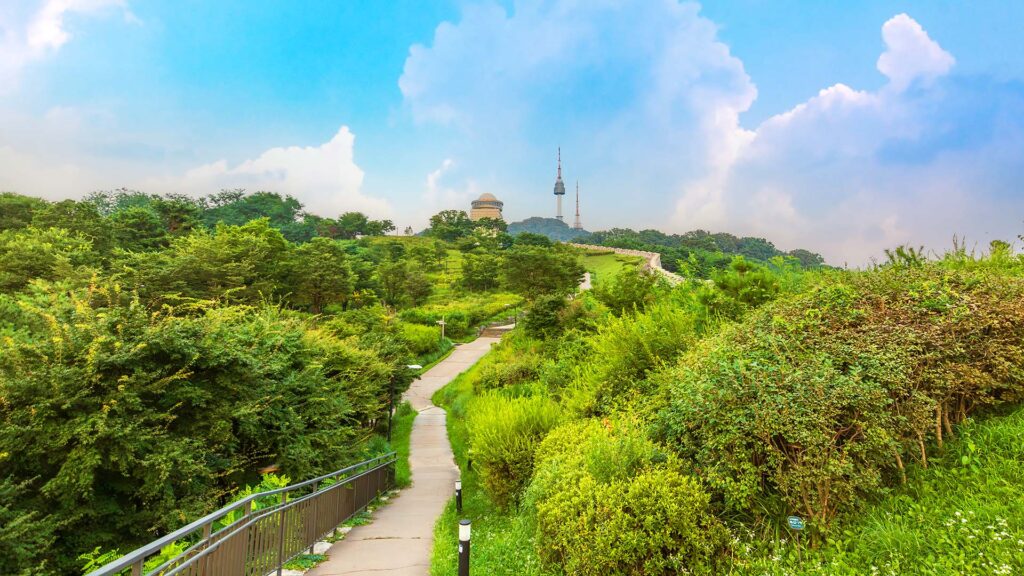
For a mix of city and nature, check out the Namsan Mountain Park trail routes. Start at the base of Namsan Mountain for a 5-mile Namsan Loop trail. Or tackle one of the shorter trails that ascend to Namsan Tower. You may find some trails up to the tower better suited for walking due to their steep inclines and mixed surfaces, but the views are well worth the effort and time.
The Westin Josun Seoul in nearby Myeongdong offers wellness programs like Zumba and stretching classes, plus a pool and spa for unwinding after your run.
Cheonggyecheon Stream Path
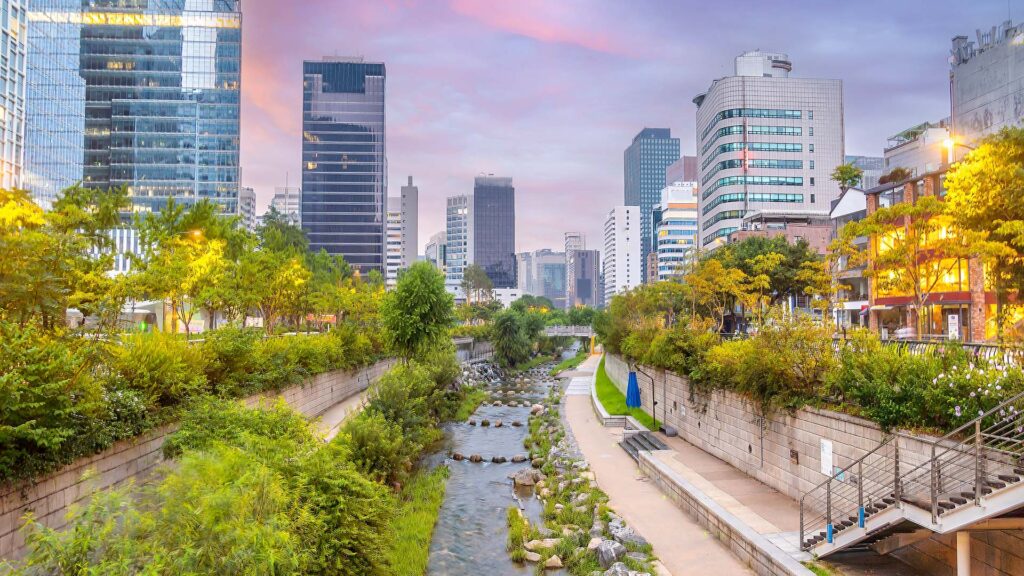
Running along the Cheonggyecheon Stream Path, which follows several miles of a stream that passes through downtown Seoul, is a wonderful way to experience the city. Start at Cheonggye Plaza, a lively spot with water features and public art installations, and head east to explore green spaces and urban scenery.
JW Marriott Dongdaemun Square Seoul is just a stone’s-throw away from the path. Amp up your running routine at the hotel’s Club 501 fitness center or relax in its luxurious Provence Spa by L’OCCITANE.
Bukchon Hanok Village and Gyeongbokgung Palace
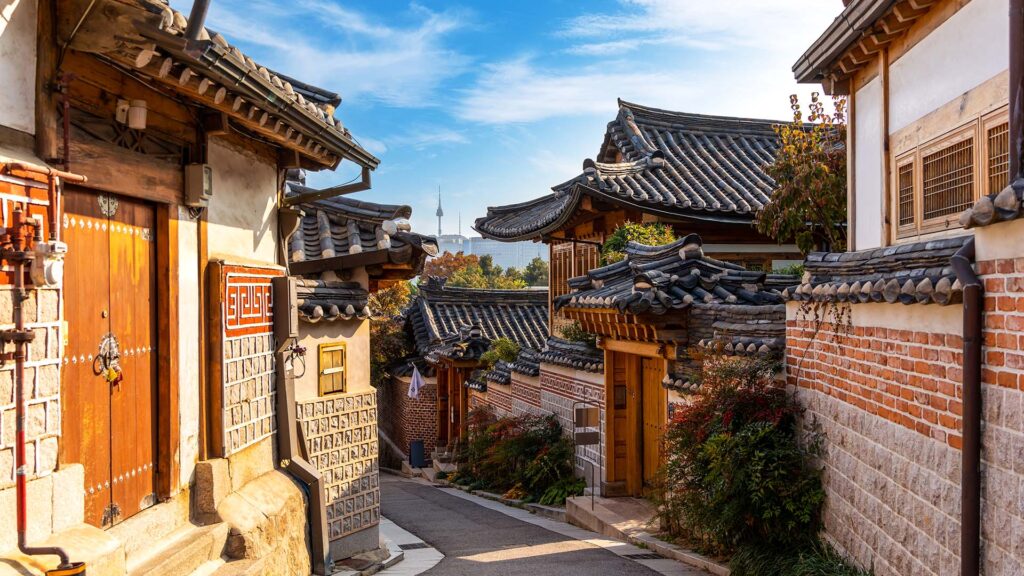
Mix history with your workout while exploring Bukchon Hanok Village and Gyeongbokgung Palace. These sites border one another, so you can walk or jog between and through them, a route that will take you past traditional Korean houses and grand palaces, immersing you in Seoul’s rich cultural heritage. Explore the grounds of Gyeongbokgung Palace or enjoy a loop around Bukchon Hanok Village.
Four Points by Sheraton Josun, Seoul Myeongdong is a comfy base nearby, offering 24/7 fitness equipment to keep you on track with your running goals.
Helpful Tips for Running in Seoul
Seoul’s running scene is a playground of diverse terrain. Always remember to wear comfortable running gear appropriate for the weather and area you’re exploring, and stay hydrated to handle the city’s dynamic conditions.
Popular spots like the Han River and Cheonggyecheon Stream can get busy, so be courteous to fellow runners, cyclists and pedestrians. Stick to the right side of the path, keep your pace mellow around historical sites, and use headphones if you’re blasting tunes.
Consider joining Seoul’s vibrant running community to meet new friends and discover exciting new routes. With various local running clubs and citywide events, there’s always something to keep you motivated.
And remember to choose a Marriott Bonvoy participating hotel where you can pamper yourself after your run. Because in Seoul, you can have your kimchi and eat it too.
